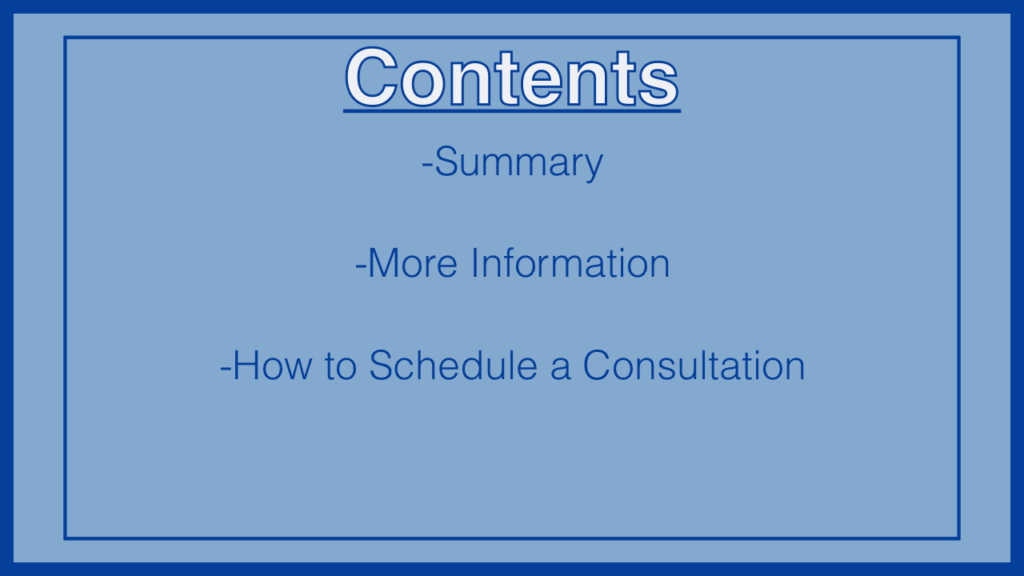
.
Summary
“Purpose (Indications)”
Facial wrinkles
“Smoker’s lines”
“Age spots”
Acne scars
“What It Does”
Refreshes skin
Decreases wrinkling by stimulating collagen in dermal layers
“Technique”
Numbing cream applied to wrinkled skin, or can be done under “twilight” anesthetic
Laser light vaporizes top layer of skin.
Several passes can be used to remove deeper wrinkles or deeper acne scars
Moist towel and special shields are used to protect eyes during treatment
Special ointment is applied to skin after laser treatment
“Recovery Time”
Most people can resume normal activities in 7 days
“Recovery Instructions”
Apply ointment to treated areas 4-6 times a day for 1 week
No makeup over areas for 1 week
Skin sensitive to sun for 2-3 months after treatment (sunscreens needed)
“How Long It Lasts”
Effects are permanent, but the skin will continue to age
Some may wish to repeat in 5-10 years
“Ancillary Procedures Commonly Performed In Conjunction With Laser Skin Resurfacing”
Blepharoplasty
Facelift
More Information
“Laser Skin Resurfacing”
Laser Resurfacing is a relatively new technique in which light energy is used to remove the most superficial layer of the skin (epidermis) and actually stimulate increased collagen in the deeper layers of the skin [the dermis]. High energy carbon dioxide lasers have been developed which are the primary laser used for skin resurfacing. The wound healing mechanism and the recovery time is very similar whether laser resurfacing or traditional chemical peeling is performed. In one case light energy is used and in the other case various chemicals are utilized to achieve rejuvenation of the skin. We utilize two types of laser resurfacing in our practice.
The Surgipulse is a high energy carbon dioxide laser. With this technique, a topical anesthetic cream is applied to the skin two hours prior to the procedure. Laser resurfacing is then performed over selected areas. The patient applies Vaseline over the area and washes the area 4 to 6 times a day for the next 3 to 5 days. Most patients find that by 3-5 days they are able to apply makeup over the reddened skin. The redness usually fades away within the next 1 to 2 weeks. The advantage of this technique is that the patient recovers more quickly and can resume normal social and work activities in approximately one-third the time with traditional chemical peels or laser resurfacing techniques. The disadvantage is that one to three treatments are usually required spaced at three month intervals to obtain the maximum improvements for the deepest wrinkles. There is virtually no pain associated with this technique and minimal if any pigmentation changes to the skin in contrast with other rejuvenation techniques. This makes this laser resurfacing procedure very desirable for men and those with busy schedules and limited recovery time.
A carbon dioxide laser scanner is also used for facial rejuvenation [Silktouch laser] with this technique a topical anesthetic cream is also applied to the skin approximately 2 hours before treatment. Because the treatment is more intense, local anesthetic is needed to anesthetize the areas to be treated. This can be done with a minimal amount of discomfort. Following the procedure, the patient applies Vaseline to the treated areas and washes 4 to 6 times a day. There is considerably more swelling and crusting than with the Surgipulse technique. Most individuals find that they can begin covering the reddened areas with makeup at 10 days after treatment. The redness may persist for several weeks or even months, but can be concealed with makeup. While there is a longer recovery time and more redness associated with this procedure than with the Surgipulse technique, the Silktouch laser usually requires only one treatment to obtain the desired result.
In contrast to phenol chemical peels, there is minimal if any coloration change to the skin following treatment. As with any skin rejuvenation technique, it is important for patients to avoid increased sun exposure for the first several months following their procedure. We recommend that individuals apply sunscreen for the first three to six months following any skin rejuvenation procedure whether it be a chemical peel or a laser resurfacing technique.
.
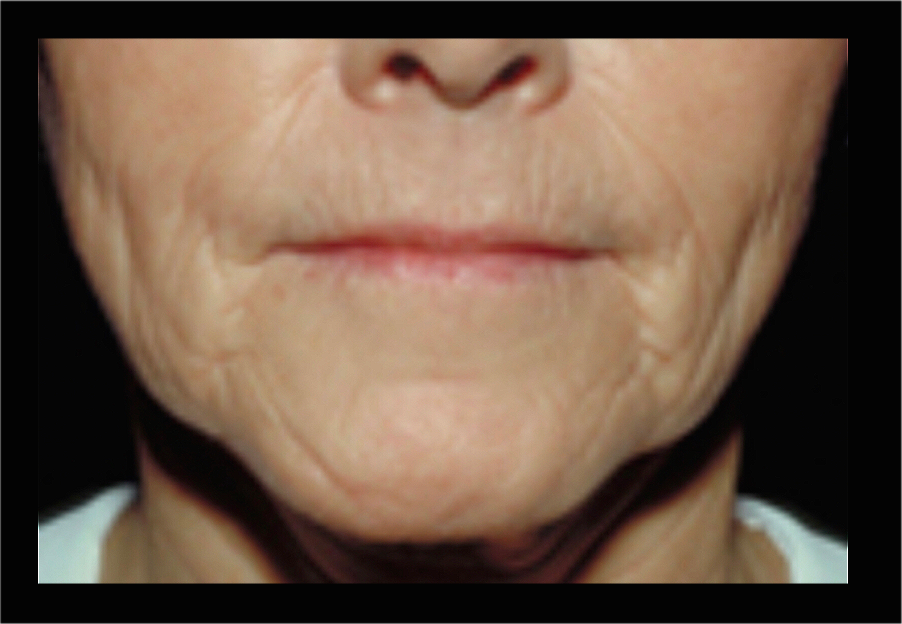
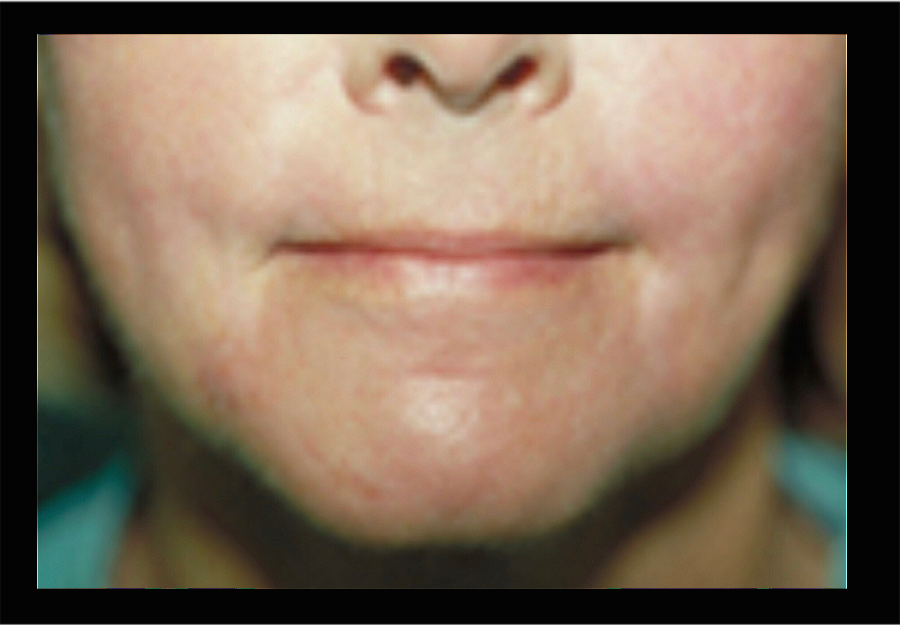
.
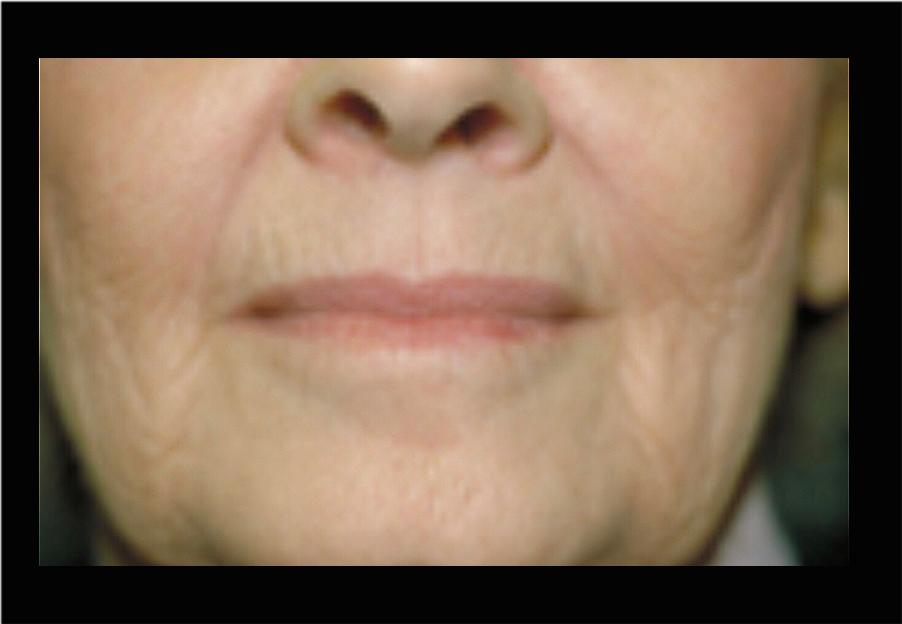
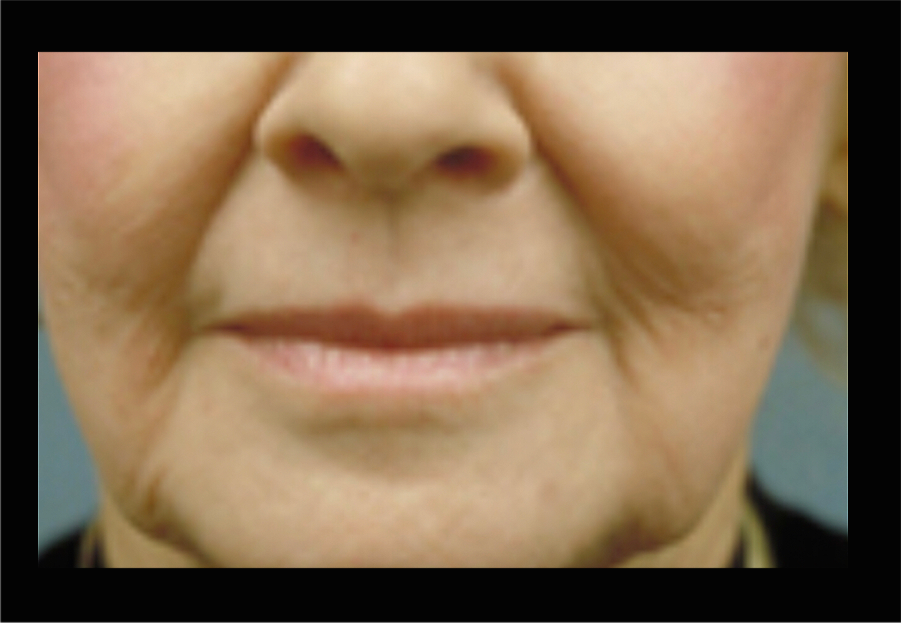
.
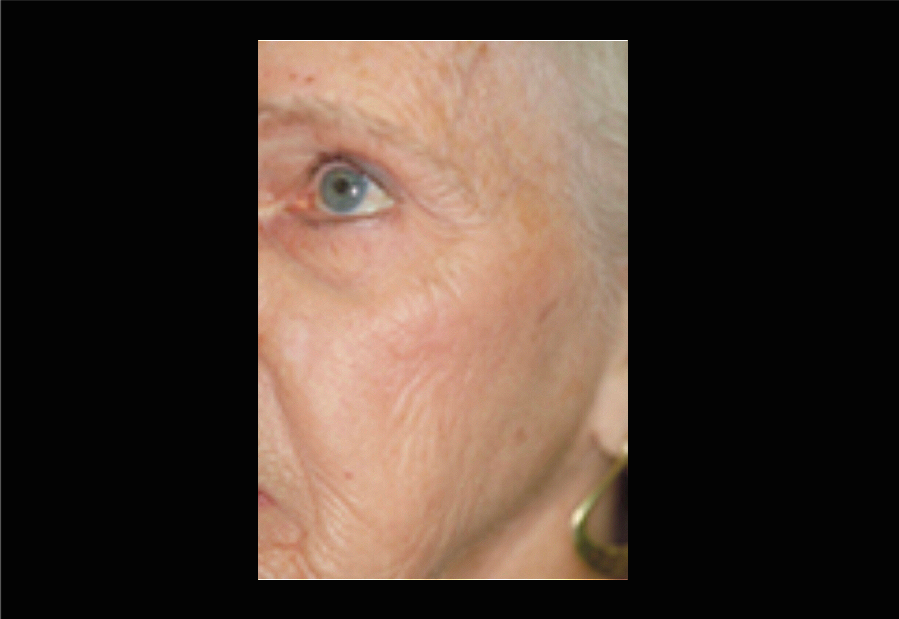
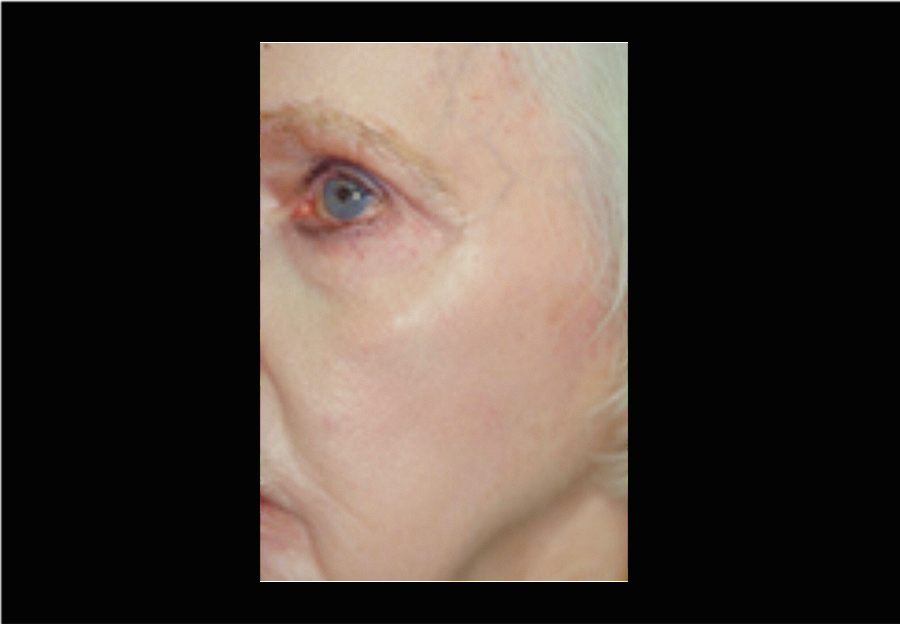
.
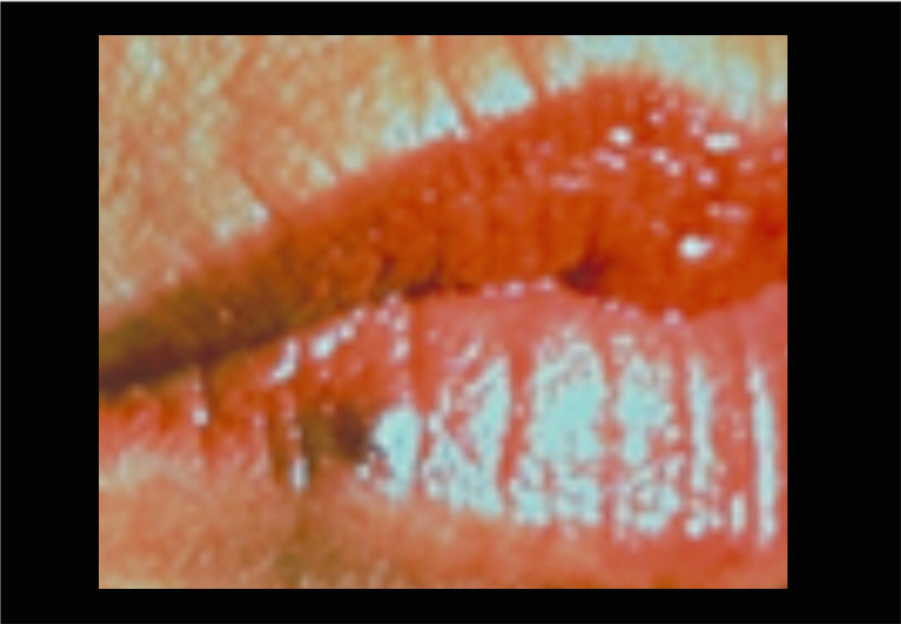
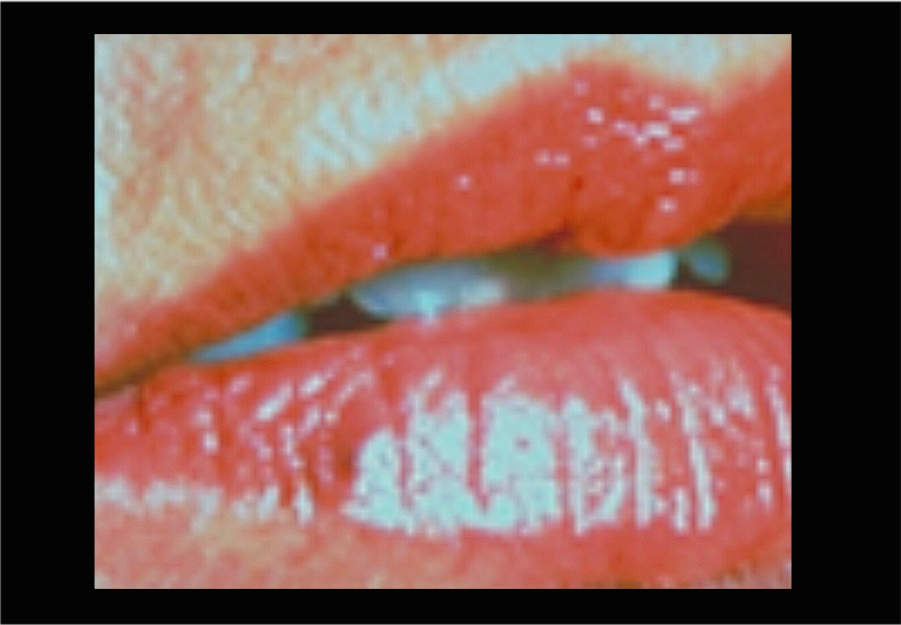
.
Schedule A Consultation Now!
Communication is not secure. Contacting the practice does not establish a physician/ patient relationship.*
.
For more information on procedures and wellness, visit our collection of free, downloadable eBooks
.
Follow us on Facebook for weekly tips on health and wellness.
.